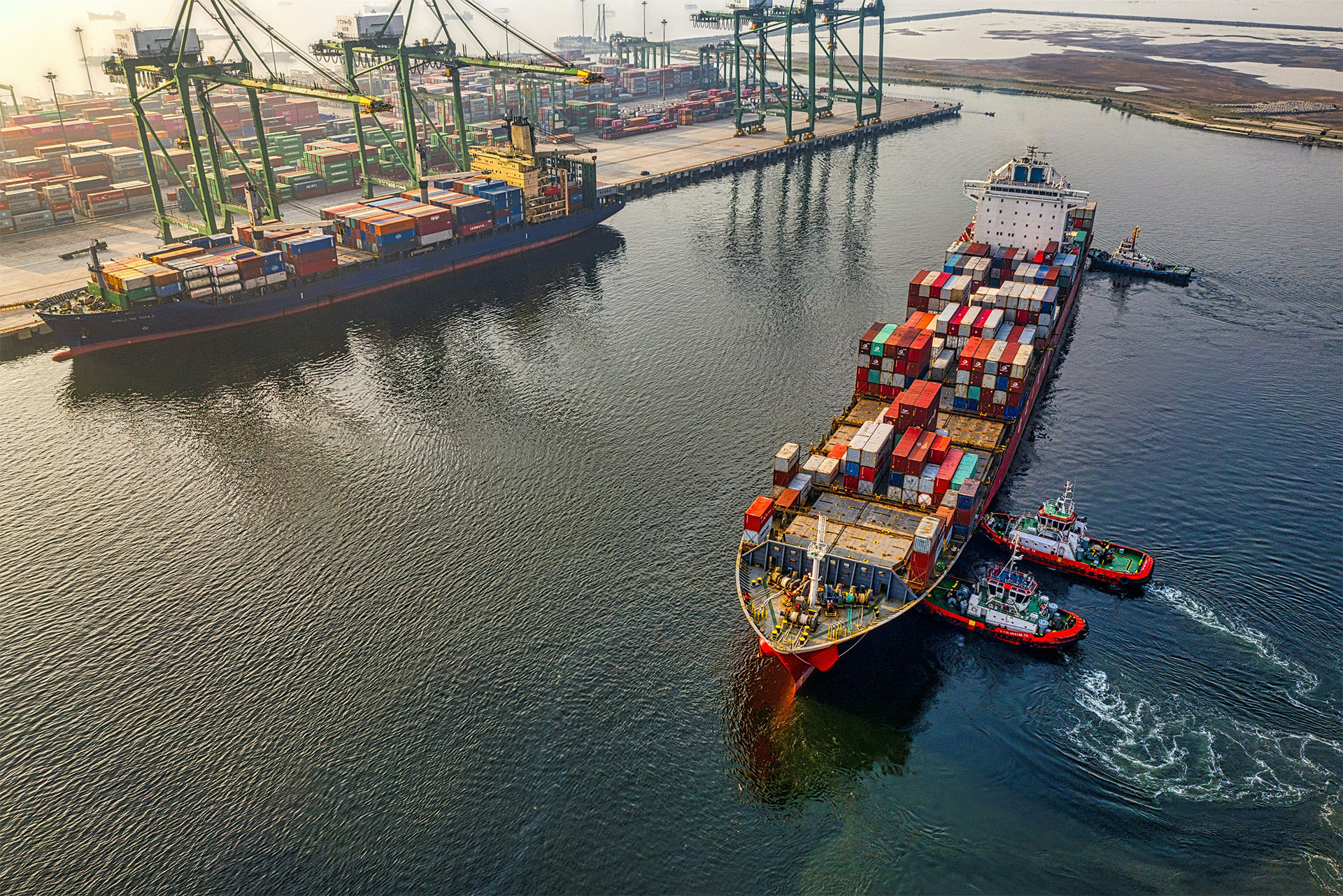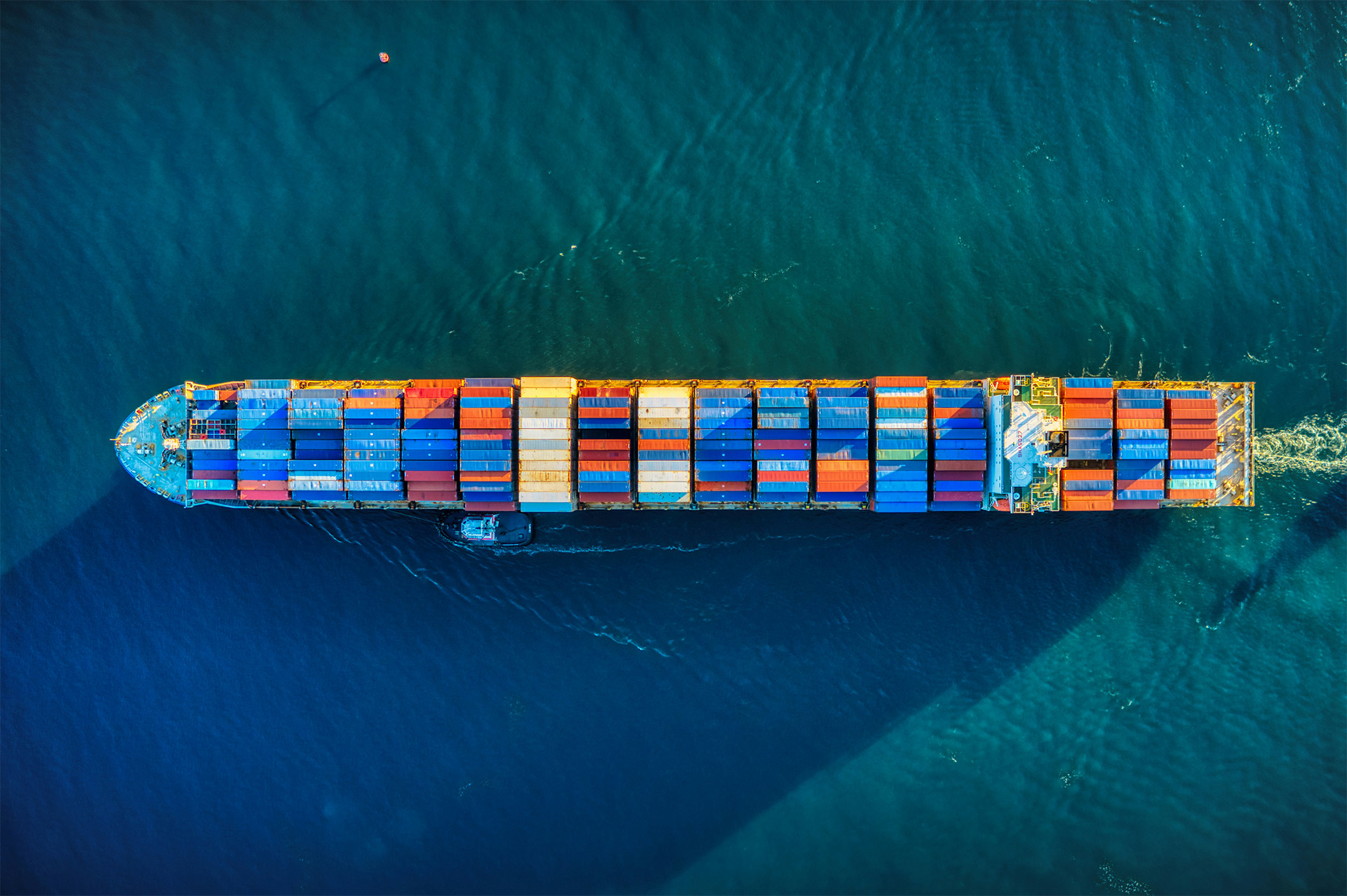The Danish government has unveiled plans to significantly expand the country's offshore wind capacity, aiming to accelerate the green transition and reduce dependence on Russian gas. The proposal involves increasing the planned offshore wind capacity for 2030 by an additional 4GW, bringing the total installed capacity to 12.9GW, up from the previous target of 8.9GW.
Denmark's Ideal Conditions for Offshore Wind:
The Danish government recognizes the vast potential of Denmark's sea areas, favourable wind conditions, and seabed characteristics for harnessing offshore wind power. It believes that Danish waters can serve as green power plants for Europe, contributing to the continent's renewable energy goals.
The Impact on Electricity Generation:
As of 2022, Denmark's existing offshore wind farms have a capacity of 2.3GW and are expected to generate 9.2 terawatt-hours (TWh) of electricity this year. With the proposed expansion, the 12.9GW of installed capacity by 2030 would produce an estimated 49.5TWh of electricity annually. This substantial increase in clean energy generation will contribute significantly to Denmark's decarbonization efforts and reduce reliance on fossil fuels.
Driving the Green Transition and Energy Independence:
Denmark's decision to expand offshore wind capacity is part of its broader strategy to expedite the transition to a green economy. By harnessing renewable energy sources, the country aims to achieve energy independence and decrease its reliance on Russian gas. The government emphasizes the importance of utilizing Denmark's offshore wind potential to pave the way for a sustainable and self-sufficient energy future.
Contributing to Europe's Renewable Energy Goals:
Denmark's ambitious offshore wind expansion aligns with the European Union's renewable energy targets. By significantly increasing its offshore wind capacity, Denmark can play a vital role in supplying clean electricity to neighbouring countries, supporting the broader European renewable energy transition.
Conclusion:
Denmark's proposal to expand offshore wind capacity by an additional 4GW for 2030 demonstrates the country's commitment to accelerating the green transition and achieving energy independence. By capitalizing on its favourable offshore wind conditions, Denmark aims to become a significant supplier of clean electricity to Europe. The increased capacity will contribute significantly to the country's renewable energy goals and help pave the way for a sustainable and decarbonized future.



